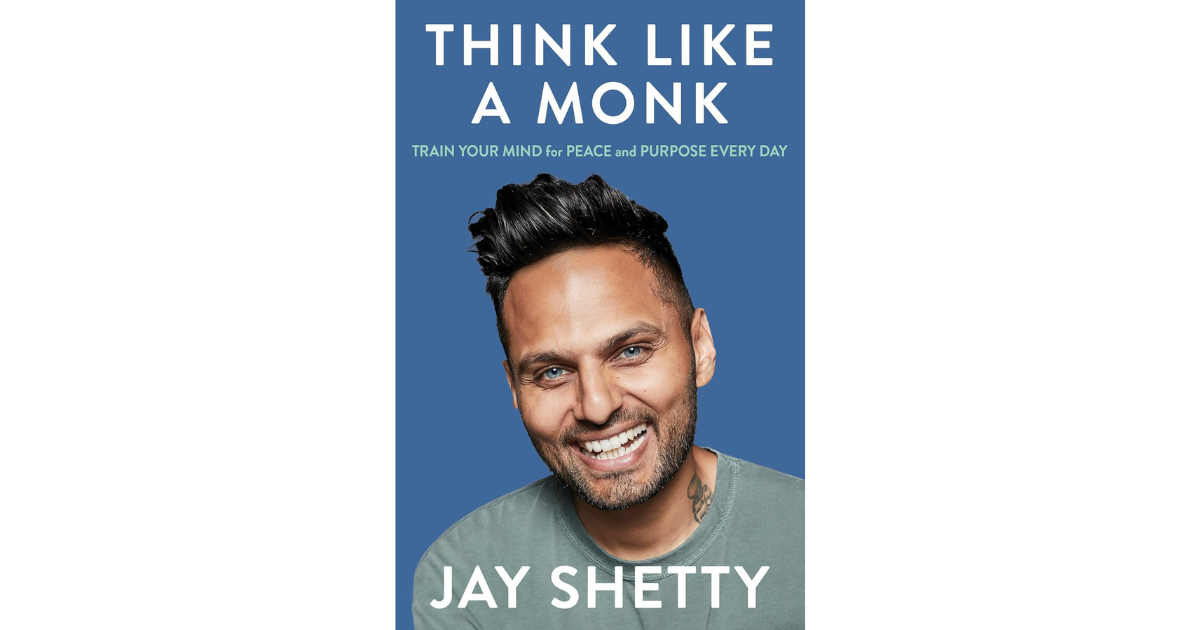7 Vision Boarding Mistakes to Avoid
Create a vision board to support your personal brand and other goals - just make sure you avoid some common pitfalls and invest your time the right way.
It took me a while to add vision boards to my goal-setting routine. I thought it might have been a woohoo idea and, frankly, a waste of time. Now, I understand the power of visualisation for your personal brand and personal goals, with vision boards being a significant tool to underpin your visualisation potential. But, I certainly don’t want to waste any time investing in vision boards the wrong way.
In this week’s blog, I’m sharing the common vision boarding mistakes I avoid to give my visual boards the best return on investment for my personal brand potential.
1. Creating a mood board and not a vision board
Remember, a vision board is not a mood board. While vision boards are specific, mood boards create a feeling, style or atmosphere. Vision boards are not all for aesthetic appeal. It’s a visual way to tell your brain very clearly what you want it to focus on. It helps you engage the Reticular Activating System (RAS) of your brain. Your brain then filters the noise to gain greater focus toward your goals.
When you’re creating a vision board to achieve your personal brand and other goals, make sure you’re actually creating a vision board, not just a positive vibes mood board - one aligned with your crystal-clear goals.
2. Having an unclear vision
A vague vision board for your personal brand creates vague goals and unclear targets for your conscious and subconscious to work on for you. This means that your vision board process becomes so much more than sitting down with your scissors, magazines and a cocktail. It means you must have done the hard work of goal setting for your personal brand first.
Before you even start thinking about creating your vision board, plan and write down your goals first. Build your vision board from this. But, a list of vague goals for your personal brand simply won’t do either - which leads me to the next mistake.
3. Not being specific enough
Want to “earn more money”, “get healthy”, or “take a holiday”? I often hear my personal brand coaching clients start with broad goals like this. Your vision board, like your goals, needs to be highly specific. How much do you want to earn this year? What will your healthy weight be? What destination are you travelling to? For your vision board to work its Law of Attraction magic on your personal brand, you need to tell your mind exactly what it will look like when you get that thing.
I generally avoid clipping magazines for my vision board. I search the web for the exact image that matches my goal. I collect screenshots through the year of the types of bank notifications and other things I want more of. You might even be skilled enough to edit some of your images for the hyper-specificity you can’t find elsewhere.
In his book, Goals, Brian Tracy shares his ‘Four Parts of Visualisation’. Two of these are how clearly and how intense are your visualisations? The more vividness and intensity you have for your goals, the more emotional attachment you create.
Napoleon Hill in Think and Grow Rich, said:
“If you do not see great riches in your imagination, you will never see them in your bank balance.”
4. Taking a set-and-forget approach
The other two parts of Tracy’s essential elements of visualisation are how often and how long. The frequency and duration of how long you keep your mental picture of success in your mind matters.
In business and personally, we’re often guilty of developing plans with much excitement, only to file these away and look at them once a year at best. Or, perhaps you write down goals you revisit only during the festive season? Plans and goals for your personal brand are only useful when you use them to power your day-to-day. High achievers review these regularly.
Your vision board is the visual element representation of your goals and plans. Avoid taking a set-and-forget approach with it. Put your vision board somewhere you’ll see it daily. I set mine as my desktop background for my laptop. You might have it in your notebook or office, or as the wallpaper on your phone. Wherever it is, make sure you’ll see it for at least a few minutes daily.
Visualisation can often work best before bed to help your subconscious work on plans through the night. Revisiting your visualisation in the morning also helps you focus and set your intention, while your brain has heightened levels of neuroplasticity - its ability to build new neural connections.
Seeing your vision board regularly is critical for creating mental rehearsal. Neuro-linguistic Programming (NLP) encourages mental rehearsal to achieve your goals. By repeatedly visualising the successful attainment of your desires, you begin to programme your subconscious to align your thoughts, behaviours and actions with the outcome.
5. Using the wrong perspective
The visual perspective or point of view of the images you select for your vision board matters more than you might think, so clip carefully.
When you see something from your own point of view, it creates a more immersive experience in the positive emotions and sensory experience of achieving your goals.
I like using bank screenshots because that’s what it looks like to me personally when I achieve that income. If I have any people in my vision boards, I don’t use images of their faces. I even try to pick images of people with a similar skin tone, hair colour and personal style.
Mental rehearsal will help you build focus, confidence and an emotional connection to your personal brand goal to drive your motivation. When you’re so accustomed to acting like your personal brand already personally has it, your brain will chart the pathway to what it’s seeing.
6. Having a static vision board
While you want to commit wholeheartedly to your goals, you also don’t want to stay stagnant as your environment changes or your priorities shift.
Every day, you know more than you knew yesterday. As you learn, your goals may change. When I look at my 2024 vision board, what seemed so hard in January now feels like a comfort zone for my personal brand. While what I thought I wanted in some areas has changed.
A fierce ability to focus is perhaps one of the most important keys to success. But, don’t be so focused that you lose sight of your changing feelings, relationships and the world around you. To take a Darwinian perspective, one of the single most important characteristics of winners is the ability to adapt.
This is why I am currently committed to digital vision boards. So I can make adjustments as I need. I’m certainly not interested in programming my brain daily with outdated software. So, check in with yourself and your environment regularly and update your visualisation accordingly.
7. Not having a plan of action
The Law of Attraction, at its best, is about much more than positive thoughts - it’s about action. Hill, in Think and Grow Rich, said:
“Riches do not respond to wishes. They respond to definite plans, backed by definite desires, through constant persistence.”
If your vision board is based on your plans and goals, make sure you translate those plans, goals and visions into an action plan. I personally use The 12 Week Year framework to put my plans into motion all year round. This will help break down your big goals into weekly or even daily priorities and create a system to measure your progress all year, not just when the new year rolls around.
I also overlay my yearly vision board with seasonal sub-boards, which you can learn more about in my earlier blog How I Use Pinterest Boards to Rewire My Brain and Upgrade My Life.




